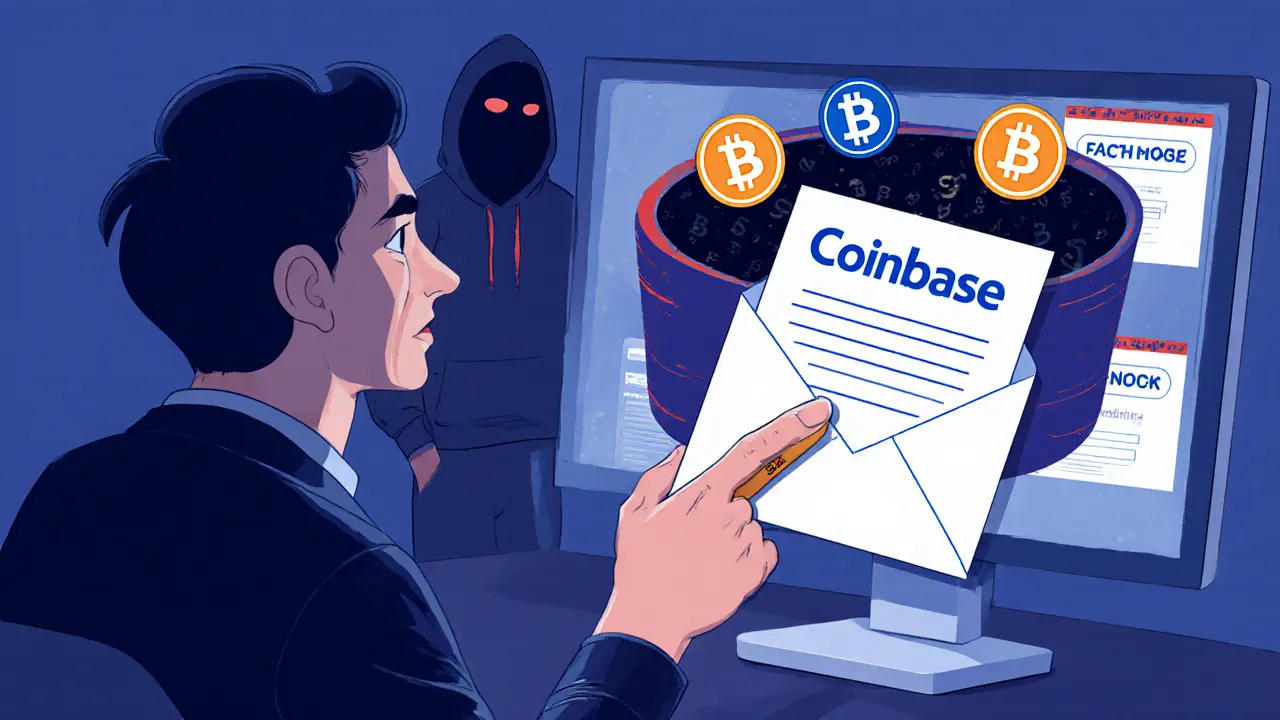Cryptocurrency Phishing: How Scammers Steal Your Crypto and How to Stop Them
When you hear cryptocurrency phishing, a deceptive tactic where scammers trick users into revealing private keys, seed phrases, or login details to steal digital assets, you might think it’s something only beginners fall for. But in 2025, over 60% of crypto thefts came from phishing—not hacks, not bugs, but people being fooled into handing over access themselves. It’s not about how smart you are. It’s about how well the scam is dressed up.
Phishing attacks, fraudulent attempts to obtain sensitive information by pretending to be a trustworthy entity come in many forms: fake support emails that look like they’re from Coinbase, cloned wallet sites with tiny URL typos, Telegram bots offering free airdrops that ask for your seed phrase, or even QR codes on social media that redirect to malicious sites. These aren’t crude spam messages—they’re polished, targeted, and often use real logos, real language, and real urgency. One user in Poland lost $87,000 after clicking a link that looked exactly like the Coinroom exchange site. Another in Indonesia got a text from "OJK Support" asking them to "verify their account"—it led to a fake portal that drained their wallet in seconds.
Crypto wallet security, the practices and tools used to protect digital asset holdings from unauthorized access isn’t just about using hardware wallets. It’s about knowing what not to click, who not to trust, and when to pause. No legitimate exchange will ever ask for your seed phrase. No official support team will DM you first. If a link says "claim your free OMNI token" and asks you to connect your wallet, walk away. Even if the site looks real, check the URL twice. One extra letter. One wrong domain. That’s all it takes.
Fake crypto websites, deceptive online platforms designed to mimic legitimate exchanges or wallets to steal user credentials are getting better. They copy entire layouts, use SSL certificates, and even show fake transaction histories. Some even have live chat support staff—real people paid to answer questions and build trust. The goal? Make you feel safe while they drain your funds. Squirrex Exchange and EasiCoin weren’t just scams—they were full operations built to look real. And people lost millions.
There’s no magic bullet. No app that blocks every phishing attempt. The best defense is awareness. Know the signs. Double-check everything. Never auto-fill passwords on crypto sites. Use a password manager that doesn’t save crypto logins. And if something feels off—trust that feeling. Thousands have lost everything because they clicked "just this once." You don’t need to be a tech expert to stay safe. You just need to be skeptical.
Below, you’ll find real cases, breakdowns of the most common scams, and step-by-step guides on how to spot a fake before it’s too late. These aren’t theory pieces—they’re war stories from people who got burned, and what they learned the hard way.






